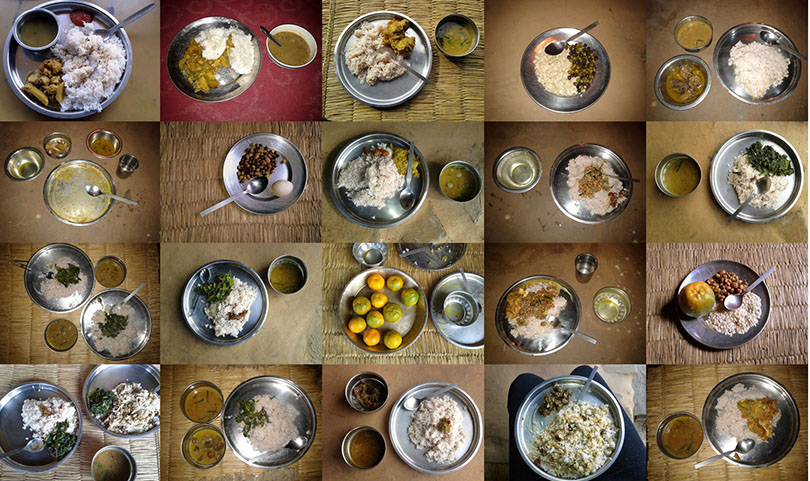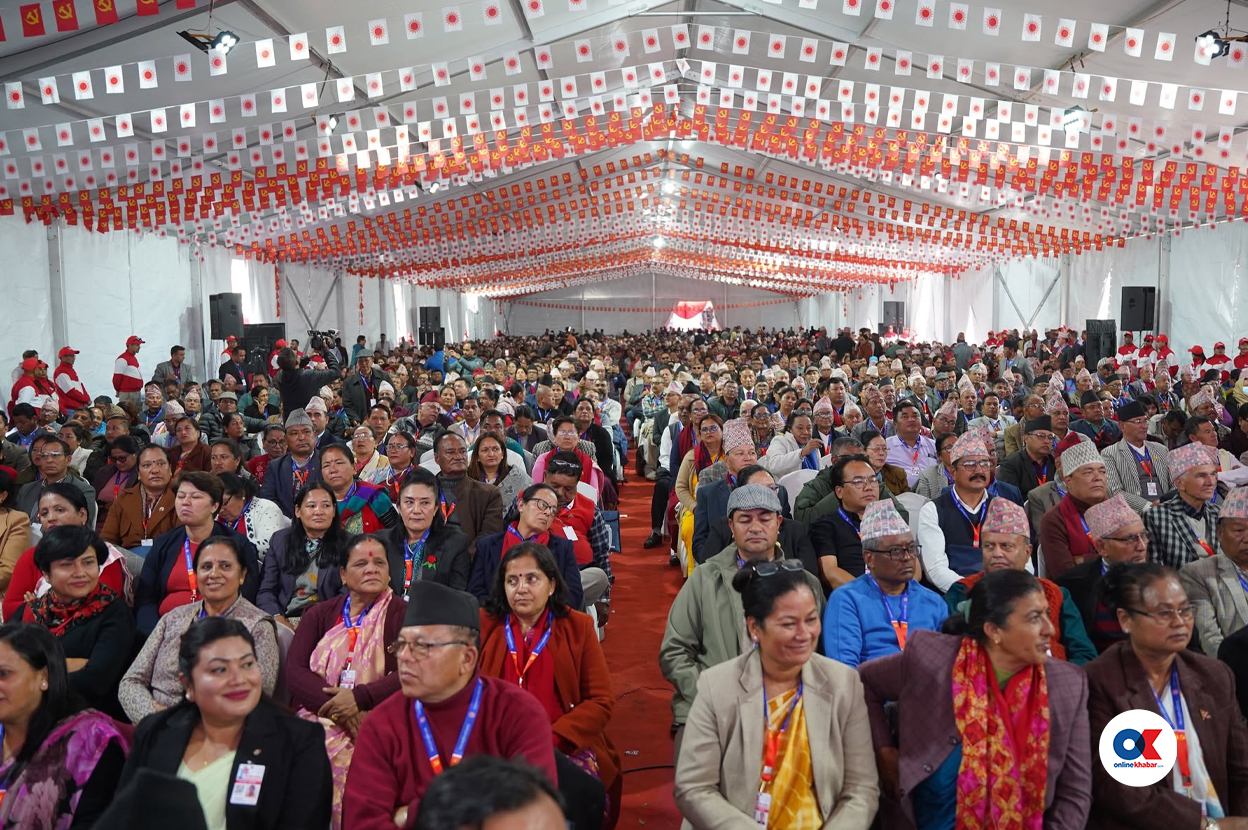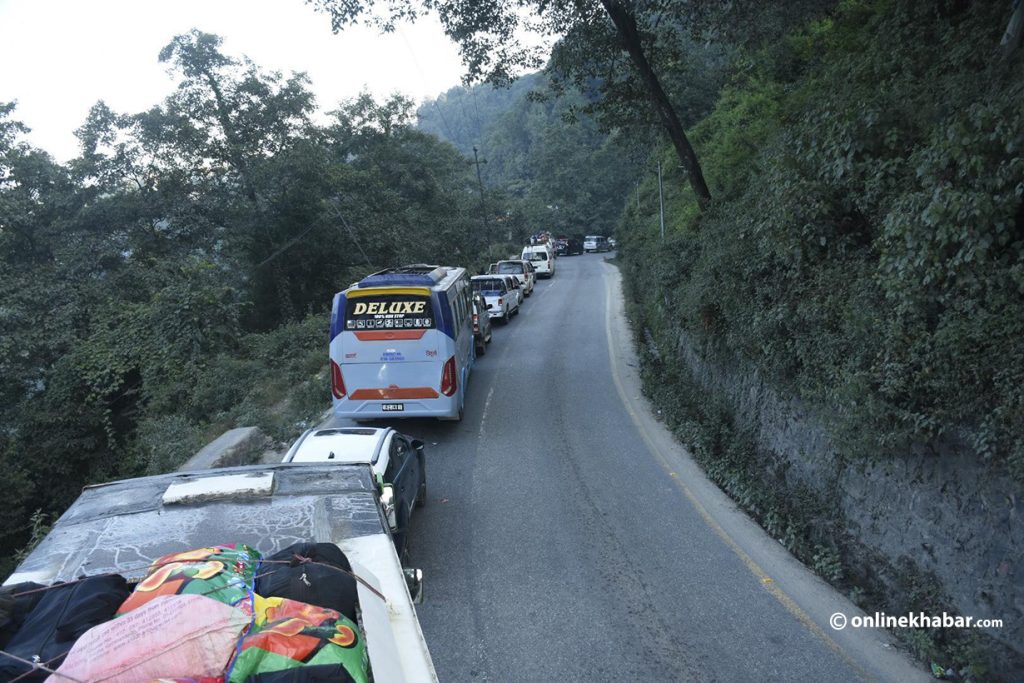
Wikimedia Commons
A friend of mine thus responded to my curiosity when I asked him about his gargantuan tummy: “I belong to the ‘RK’ category.”
Puzzled, I asked him what RK stood for — one RK is a politician, who also happens to have a distended tummy.
“‘RK’ stands for ‘rice killer’ — a literal translation of ‘bhat-mara’, someone who cannot do without rice.”
My friend is not the only Nepali, who eats lot of rice, and that too more than thrice a day. In Nepal, rice is not only the staple, it is also a symbol of prestige. Grains such as corn, wheat, buckwheat, millet and barley are looked down upon.
Many members of the urban middle class know that too much of rice is not good for health as it has lot of carbs. But in addition to that, there is one more reason why you should limit your consumption of rice.
Along comes arsenic
Many people may not know that when you are eating that plain rice, pulau, or biryani, you are also eating Arsenic, an element considered carcinogenic.
The element is found on earth’s crust, and is released into the environment through a natural process. It has been seen that rice plants take up arsenic from soil more efficiently than crops like corn, wheat, beans, barley, and millet.
Carbohydrate, protein, calcium, iron, zinc, thiamine, riboflavin, and niacin are not the only things rice is rich in. Rice also stores high content of toxic inorganic arsenic. Research shows that the range of arsenic content varies from 100 to 2000 microgram per kilogram (parts per billion, ppb). The concentration is the highest in dry rice by about 10 times when compared to other grains.
However, this may vary based on the type of rice, soil environment and geographical location. In the case of Nepal, rice is grown in hilly or Himalayan region, areas with less arsenic, and in the plains where arsenic poisoning is a big problem..
Regular consumption of arsenic over extended period of time may cause adverse health effects such as heart-related ailments and cancer.
***
A recent study on Bangladeshis living in the UK shows that there was a correlation between rice consumption and arsenic concentration in urine in adults.
In Nepal, reports show that farmland in most districts of the Terai, including Bara, Parsa, Rautahat, Rupandehi, Nawalparasi and Kapilvastu, have a higher degree of arsenic concentration in water ranging from 100-2000 υg/L.
Keratosis, melanosis, and lecucomelanosis have been observed in the population residing in arsenic-polluted areas of Terai. There are reasons to believe that water drawn from deep tube-wells have arsenic in high concentration. It would be worthwhile to test rice, and any other crop, for arsenic.
According to World Health Organisation (WHO) guidelines, arsenic content of 200-400 micrograms per kilogram for rice is considered safe. Interestingly, brown rice, which is more nutritious and very popular in the US and Europe, can contain two-fold arsenic than white rice.
But considering that we are consuming arsenic from other sources such as water, fruits, vegetables and even air, the safe limit for rice goes down further. Therefore, there is a strong case for replacing rice with wheat, buckwheat, corn, beans, barley and millet.
Is there a solution?
Scientists are now trying to modify arsenic-transport pathways in rice to block the arsenic uptake using genetic engineering. In Nepal, the government should encourage and train farmers to produce a variety of other food crops than rice in the highly arsenic-polluted area.
The Terai, Nepal’s granary, is at high risk of arsenic poisoning, especially in the case of rice. It is the government’s responsibility to conduct tests and inform the public about the amount of arsenic present in food.
Also, the Quality Control Department should test arsenic content in rice imported from Bangladesh and West Bengal, areas prone to arsenic poisoning.
Meanwhile, for ‘RKs’, it would be wise to reduce rice consumption and include wheat, buckwheat, beans, barley, millet, oats in their diet. A bloated tummy may look funny, but toying with one’s health is serious.
(The author is a chemist)




















